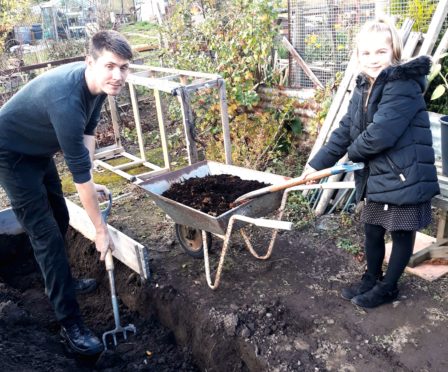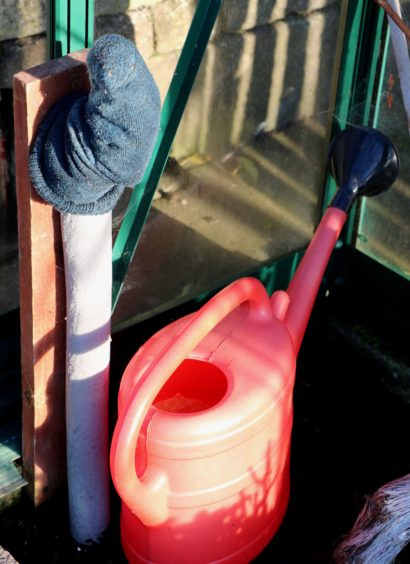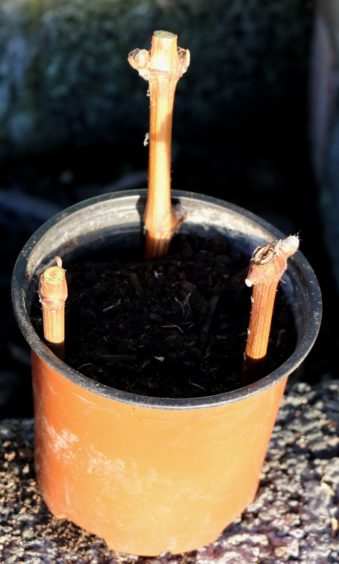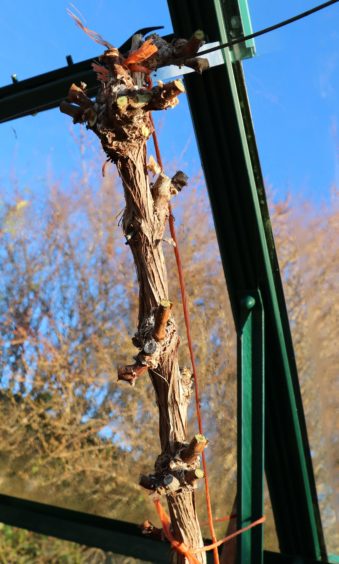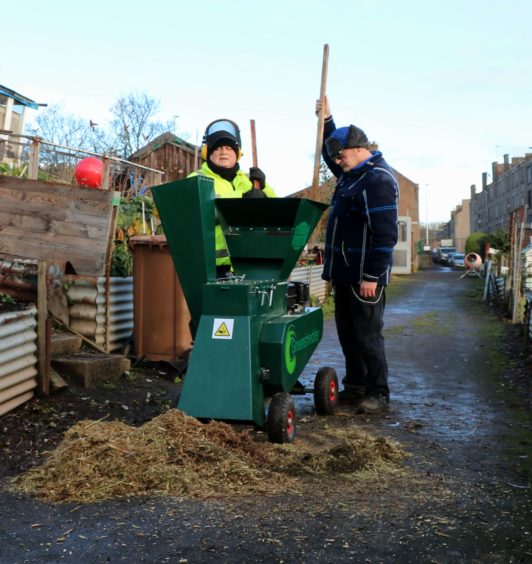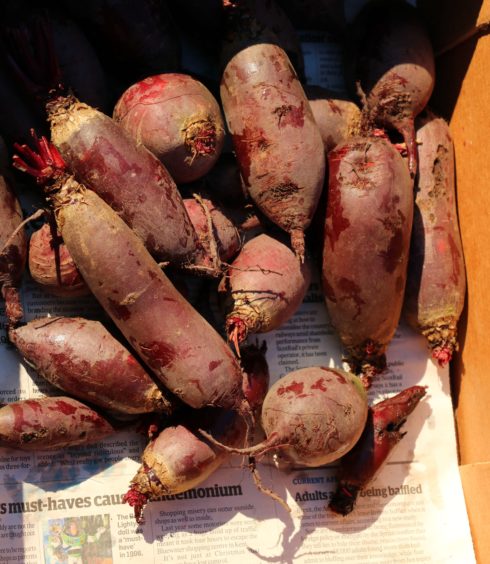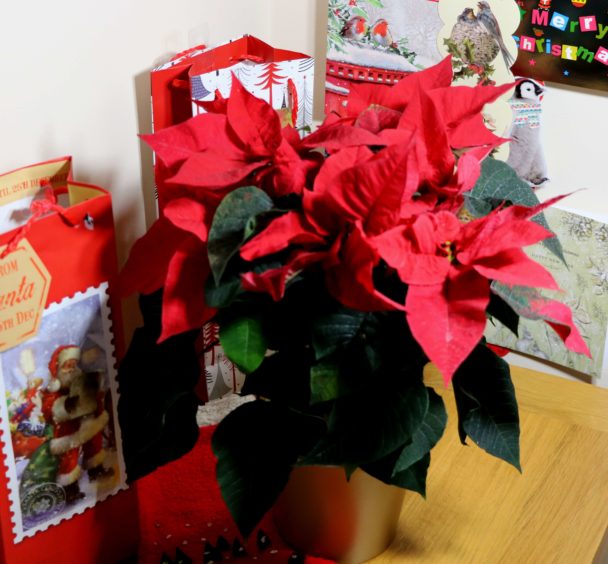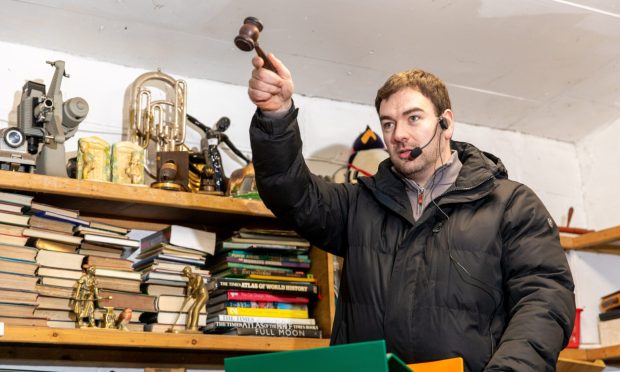The festive season has come and gone. There was no white Christmas, in fact we are well into winter and yet still to see some snow, but now I’ve said that, it is just about guaranteed to come within the next few days.
Until then we can crack on with all those jobs put off during the festive season.
The wet weather at the back end of the year kept us off the land, so this week it was out with the loppers and secateurs to tackle pruning.
So it was climbing roses, shrub roses and bush roses that all got trimmed, then on to saskatoons that needed some height reduction to keep them under my summer six feet tall nets.
A few very tall branches get cut down to ground level and others cut down to about four feet, but leaving plenty of shoots to fruit.
Bramble Helen was next, removing last summer’s fruiting shoots and tying in the remaining young shoots to fruit in summer.
My fig trained against a wall got pruned by removing any shoots growing away from the wall or just too high.
Summer fruiting raspberries were next then autumn fruiting varieties got chopped down to the ground.
Gooseberries did not escape as those branches too close to the ground and likely to suffer soil splashing had to be removed as well as opening up the centre to make picking easier.
Red and blackcurrants were next, but both with different styles of pruning.
The blackcurrants fruit best on young shoots whereas the redcurrants fruit on spurs established on older wood.
However each year remove some of these older shoots with new younger shoots to take their place and remain for about four years.
Finally it was the apples and pears turn for pruning, but I left some shoots on my Concord pear for grafting wood on my family pear tree.
All of these prunings can be recycled as we have a large wood shredder up at City Road allotments and the shredded material can go on the compost heap, used as a mulch or if the material is rough it can be used on paths.
Harvesting continues with parsnips, sprouts, cabbage, leeks, winter salads and beetroot, though some of the beetroot has been lifted, washed and dried for storing in the garage just in case we get some frost.
There is still plenty pumpkins, potatoes, onions and apples in store and loads of other fruit and vegetables in the freezer.
This just about makes us self-sufficient all year round, though the late spring period and early summer are hard to fill as frozen, stored and overwintered crops are just about done and the first summer crops are not quite ready.
Any time the weather dries up the soil surface enough to walk on we can continue with the winter digging, leaving the soil rough for weathering.
Frost is always with us till March so put some protection on all outdoor taps and those in cold greenhouses, and turn off the water supply and drain down the pipes till spring.
Festive pot plants indoors may need some attention.
Keep watering poinsettias as they need it but do not over water or leave them sitting in water.
They should still last several more weeks.
Christmas cactus will now be finished so it should be dried off to give it a rest till spring.
Clean the glass both inside and outside on the greenhouse to remove a years-worth of dirt, moss and algae and clean out the gutters.
Pots, boxes and seed trays in the shed can be cleaned and sorted into their sizes ready for the spring propagation.
As now is the time for pruning grape vines, use some of these shoots about 6 to 9 inches long with two to three buds as cuttings to increase stock.
Put three cuttings in a pot of compost where they will be fine and begin to grow in spring.
Wee jobs to do this week
Grape vines are best pruned any time from December to January.
If left later than this bleeding may occur as the sap rises early with vines.
Grapes grown in the greenhouse are usually trained as upright rods spaced about 18 inches apart.
Spurs occur up the rods about six inches apart.
All growths coming from these spurs are cut back to one bud.
Outdoors you can do a similar cordon with spurs, or train in a fan shaped framework with spurs if grown against a wall or fence.
The guyot system of training works best for field grown grapes, but in Scotland our grapes need the warmth and shelter of a south facing wall or fence, so best with the rod and spur training.
